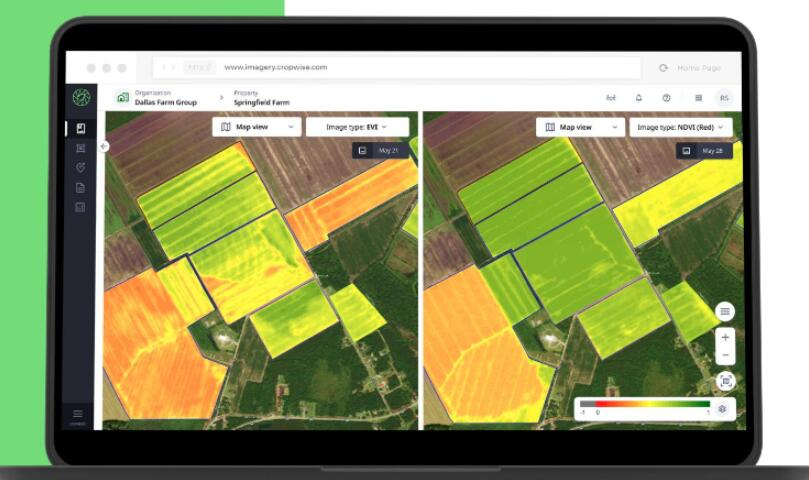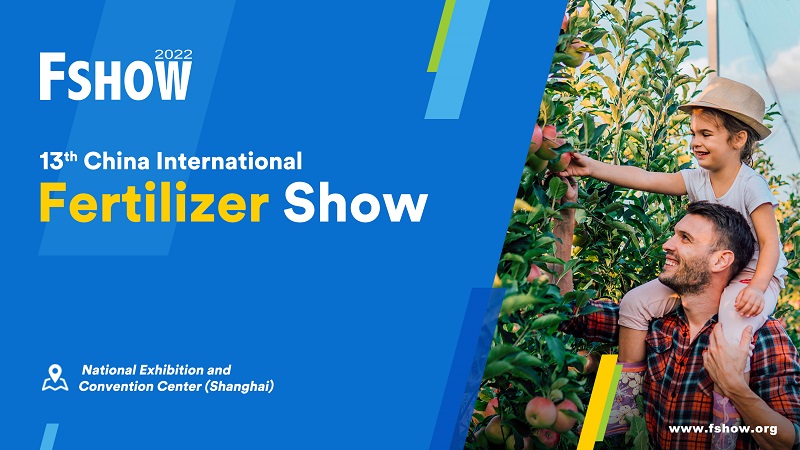
Exhibition time: 17-19 March, 2026 Shanghai, China
 中文
中文

Exhibition time: 17-19 March, 2026 Shanghai, China
 中文
中文
Key words of the passage: digital; farm; agriculture; technique
For years, Yevhen Korniienko has used digital technologies to manage the 195,000 hectares (482,000 acres) of farmland he oversees in the western part of Ukraine. Now, he said, these tools are more critical than ever.
“The logistics have deteriorated significantly since the war began,” said Korniienko, Head of Agronomic Field Monitoring for Continental Farmers Group. “There’s a shortage of fuel, seeds, crop protection products, spare parts, machinery and equipment. We’re using digital technologies to allocate limited resources and determine which fields have the highest potential to get maximum returns.”
These days, Korniienko added, digital tools are also serving a new, grim function: helping protect the workers who usually spend their days among the farm’s winter wheat, corn, sunflower, rapeseed, soy, rye, barley, potato and sorgo crops.

For Ukraine's vast farming industry, digital tools are more critical than ever.
“Because of the size of our farm, we have a large agronomic service department whose members spend almost all of their time in the fields,” he said. “Under the current conditions, that’s not always safe. So, we are using real-time machinery tracking and remote sensing more actively, to minimize the number of employees in the fields.”
Ukraine has long been considered one of the world’s breadbaskets. But at the recent Munich Security Conference, David Beasley, Executive Director of the United Nations World Food Programme, warned that if world leaders are not careful, “what’s happening in Ukraine is going to impact global food security.” Nations in Africa and the Middle East, he added, “already facing tremendous food security issues.”
Coaxing Productivity, Despite Shortages
Agriculture is one of Ukraine’s most important industries, with individual farms that sometimes exceed a million hectares (more than 2.47 million acres). Ukraine is a major exporter of barley, corn, canola and wheat, and the world’s largest producer of sunflower oil. Some of the world’s poorest and hungriest countries are particularly dependent on Ukrainian shipments.
And so, as spring planting proceeds in the agricultural areas still relatively unscathed, farmers like Korniienko are leaning heavily on modern digital technologies including satellite imagery, field sensors and artificial intelligence, in an effort to salvage what they can from this year’s growing season.
“For Ukrainian farming the focus is on deploying scarce resources and the safety of the people,” said Andriy Andriychuk, Syngenta Group’s Head of Digital Product Cropwise Operations.
Fragmented Farmland
Syngenta believes that at least 30 percent of Ukrainian farmland will be off-limits this season. Supply lines have been severed and the communications infrastructure damaged or destroyed. Many of the people who normally live and work in those farming areas are among the more than six million Ukrainian refugees who have already fled the country, while others have entered military service.
Roughly one-third of the country’s farmland and infrastructure is now “highly fragmented” in its ability to put crops in the ground, according to Matt Pickard, Head of Digital Agriculture for Syngenta Crop Protection. The remaining one-third of Ukraine’s farmland is in parts of the country still far from the frontlines. Korniienko’s farmland falls into this category. Even in these areas, there have been multiple attacks. And the shortage of supplies and people is a limiting factor, too.

Cropwise in action: The digital service produces key insights for farmers.
The color coding indicates which parts of a field are thriving and where pests or disease might be posing problems.
Going Where People Can’t
Until Ukraine’s vast farms began turning to digitally supported agriculture around seven years ago, through technologies like Syngenta’s Cropwise line of data tools and analytics, efficient planning and management of the land was heavily dependent on periodic on-the-ground inspections by human agronomists.
Those inspections would produce key information, including which parts of a field were thriving, where a second round of planting or fertilizers might be needed or, later in the season, where pests or disease might be posing problems.
But even during peacetime, the challenges of covering long distances and visually inspecting huge fields often meant that agronomists’ reports were limited in scope. And it could be a week or two before their information was formatted and presented to farm managers, who might be hundreds of miles away – meaning the data was already out of date by the time it was presented. The delays meant that managing the fields, deciding where crops needed a helping hand and forecasting yields was still largely a matter of educated guesswork.
As elsewhere around the world in modern agriculture, the advent of remote digital monitoring, the use of computer and data science, and the arrival of AI-enabled software have helped bring management of these farms fully into the information age. Besides monitoring fields and crops, most advanced scouting tools use algorithms to optimize pesticide use. Services like Cropwise also enable farm managers to know precisely where their dozens or even hundreds of tractors and other farming machinery are located and operating at any given time.
Now, these same data-based tools have become even more crucial.
